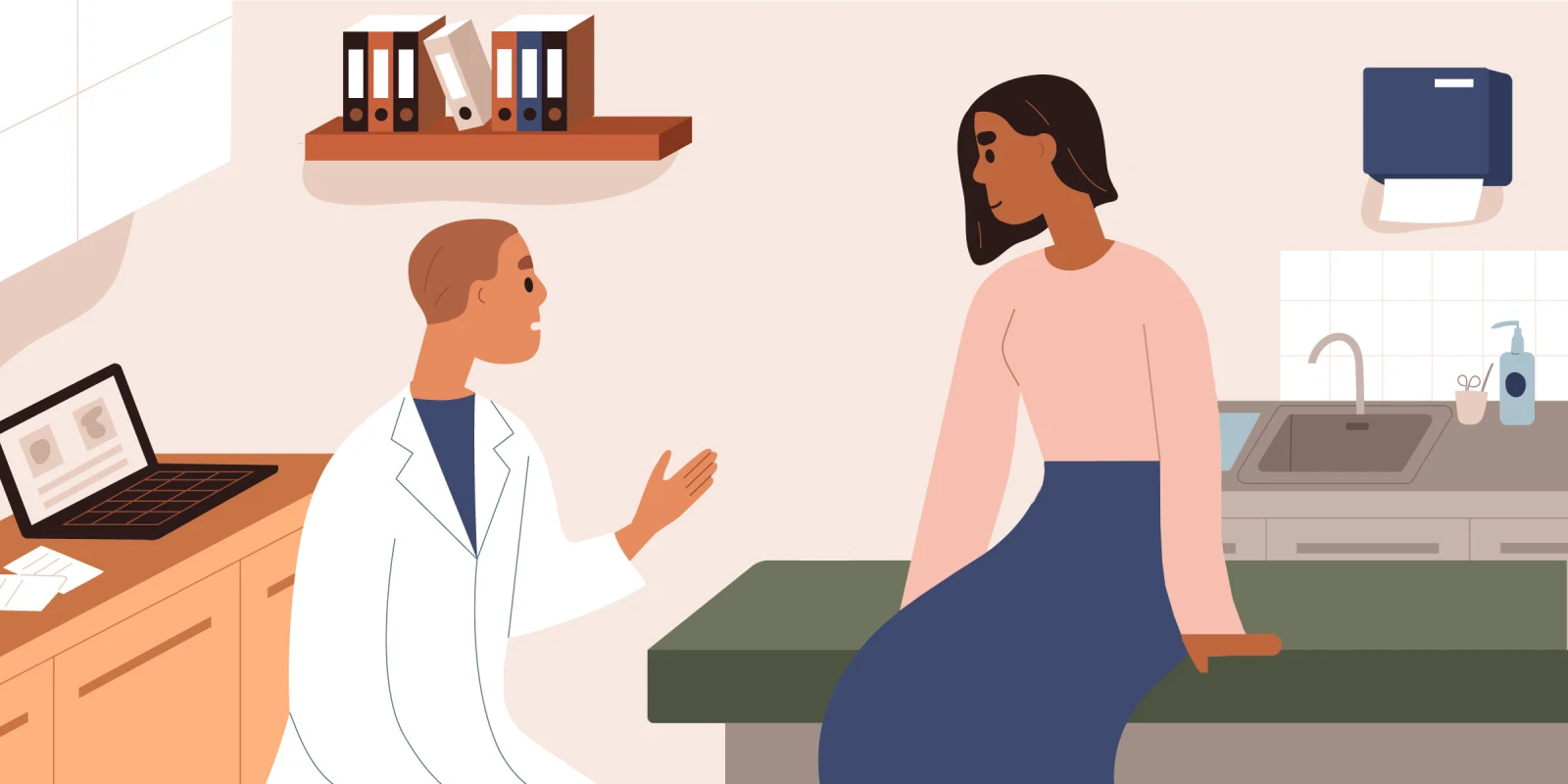At 2:30 in the morning, few pages are welcome.
I’m attempting to lay my head on a desk in the workroom to get perhaps 15 minutes of sleep when I’m awoken by a piercing string of beep beep beeps. As the on-call resident tonight, I am the only neurosurgery presence in the hospital, which means there is little respite from the call pager. This latest page is a new consult from the ED.
The call pager tone is etched into the brain of every neurosurgery resident. And though I have answered thousands of pages, every call back number brings a momentary twinge of fear that I am about to encounter an emergency. Early in residency, the possibility of an impending disaster fuels an enthusiasm for answering these calls. With experience, however, comes the understanding that, statistically speaking, the majority of pages are about something benign. The desire to call back pages fades, replaced by disdain.
Nevertheless, as always, I must wake up and return to the page. I grumble some swear words under my breath, open the computer, and refresh Epic. The consult order reads: “New SDH.”
SDH means subdural hematoma, but the short free-text section of a consult order leaves room for ambiguity. I think back to prior experiences with multi-centimeter SDH that have required decompressive craniectomies. Fortunately, the CT scan shows a 2 mm parafalcine hematoma. Further chart review uncovers that the patient is an elderly man who fell in the bathroom. He was transferred from an outside hospital to our ED but is neurologically intact. I relax — not an emergency. I write down the patient’s information and head to the ED.
On exam, the patient is at his baseline with a slight headache. The plan is straightforward: repeat head CT in the morning, CT of the cervical spine, one week of prophylactic antiepileptic medication, and admission to the geriatric trauma service. If his repeat head CT is stable, he will likely discharge home in a couple days. It is the kind of consult that an experienced junior resident should be able to handle on autopilot.
Residency is full of these non-urgent, non-operative consults or admissions, the patients for whom neurosurgery is involved but who do not actually require our intervention — small hemorrhages, minor compression fractures, tumors requiring only radiation, incidental spinal stenosis, blunt vertebral artery injury, etc. The respective plans for each of these conditions are generally similar across patients, which is both the upside and the downside. It’s bread-and-butter neurosurgery but not terribly exciting to the more experienced resident. When forced to see such patients at odd hours or when busy with other, more pressing tasks, even the best of us wish that these consults could disappear.
As junior residents, we shoulder the majority of tasks that are required to run a service. These to-dos form a continuous ticker in the back of our minds that is not alleviated by our time in the OR (or even at home). Our demands are many and the hours are long, which is a necessity for learning patient care. But when your to-do list always stacks so high, becoming jaded is a near certainty. It is in these moments when seeing non-urgent, non-operative patients feels like a chore. It’s easy to see a consult for, say, a chronic, asymptomatic compression fracture and wonder, Why does neurosurgery even have to be involved here? I confess that there have been numerous instances when the annoyance — indeed, at times, the resentment — of having to deal with a certain consult or admission has been my overarching takeaway from the encounter.
In these situations, I force myself to regain some perspective. Yes, some days feel like treading water, and yes, we will see certain types of patients over and over. But to patients, even at times to other physicians, each neurosurgical consult may be cloaked in fear and uncertainty.
As physicians, we have the luxury of our experience and colleagues to inform how concerned we should be by a patient’s condition. And though it’s painfully obvious, I often need to remind myself that others are coming from a fundamentally different background. Take, for instance, that patient with the 2 mm SDH. He presented to an outside hospital where he was told merely that he had a “brain bleed” and was transferred to our hospital for further management. We know that he does not require a procedure, but the patient won’t know that until we tell him. In his mind, he may require urgent surgery. All he knows about brain hemorrhages may come from anecdotes he has heard about catastrophes. (It’s interesting how many patients use the word aneurysm when inquiring about their intracranial hemorrhages, regardless of the severity.)
In general, these non-operative conditions are not what drew us to neurosurgery. Nevertheless, they are woven into the fabric of our practice. Neurosurgery is full of clipping aneurysms, resecting tumors, and fusing from T4 to the pelvis, but it’s also the specialty of repeat head CTs for minor trauma, TLSO braces, and reassurance that no surgery is indicated. These are all integral to the patient experience and should not be overlooked.
Truth be told, there is a great satisfaction that comes with looking back on the journey through residency. The amalgamation of all our daily tasks — whether enjoyable or not — yields remarkable growth over time. I am not the same resident that I was one year ago, let alone on day one of intern year. Thanks to this growth, tasks seem less daunting and old obstacles are more easily conquered. There is, of course, a difference between learning how to handle a situation with less effort and finding those situations worthless.
Certainly, feelings of bitterness are not unique to neurosurgery. Every specialty has analogous examples. The battle against burnout and ennui is a crucial one, not only for our own sake but also for the sake of those who seek our care. In coming to view certain aspects of patient care as burdensome, it’s the patients who ultimately suffer. Repetition and volume are key to residency training and working to maintain a positive attitude through the slog is as important a skill to hone as proper OR technique. There are plenty of aspects of resident training and medical practice toward which we can righteously focus our anger. The true conscious effort involves shifting this frustration away from those who have crossed our paths through no fault of their own.
What are your favorite and least favorite parts of your specialty? Share in the comments!
Dr. Alex Yahanda is a PGY-3 neurosurgery resident at Washington University in St. Louis. He also received his MD and MPHS degrees from Washington University. Dr. Yahanda is a 2023–2024 Doximity Op-Med Fellow.
Image by GoodStudio / Shutterstock







